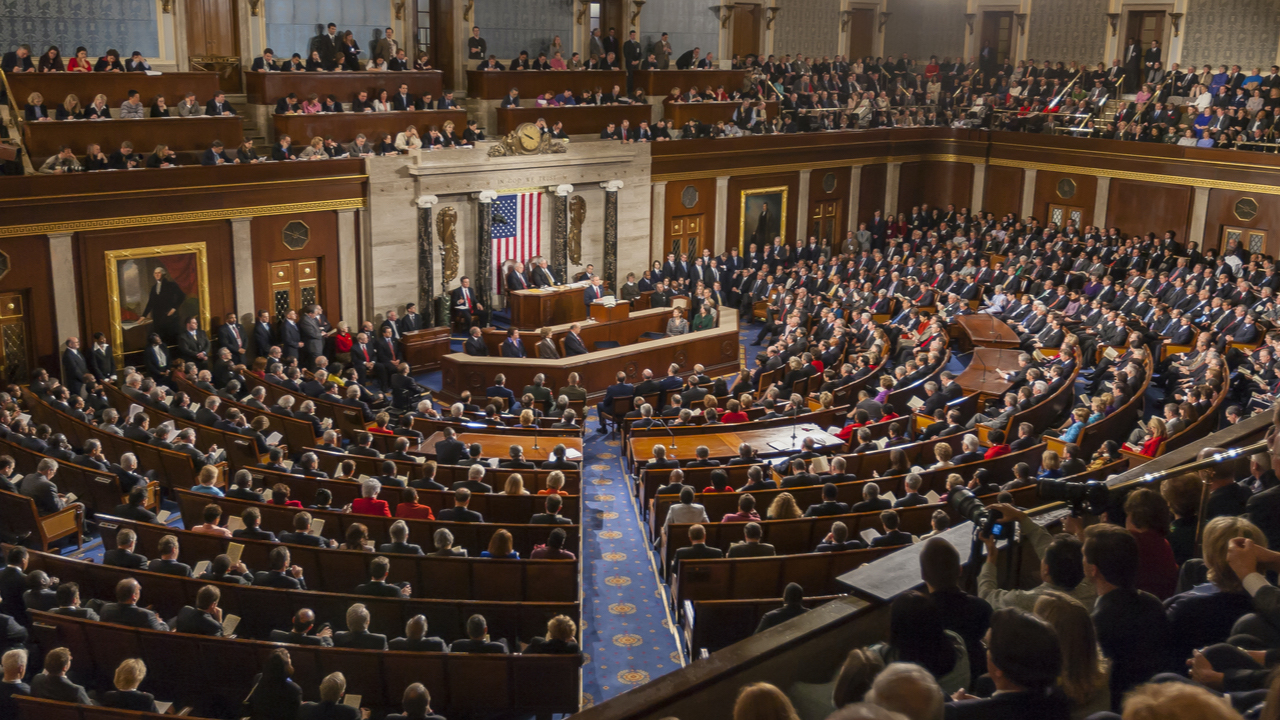
Many crypto community members noted that blockchains’ decentralized nature allowed them to continue running despite widespread outages across the global economy.
Members of the crypto community took to social media on July 19 expressing a feeling of triumph as blockchain networks like Bitcoin and Ethereum remained running during one of the largest information technology outages in history.
Despite the shutdown of many courts of law, healthcare providers, airlines and other essential social services, users were still free to transact on crypto and blockchain networks.
Former Bitcoin Core and Linux kernel developer Jeff Garzik noted the contrast between the widespread outages in centralized services while blockchains continue to run smoothly. In a post on social media platform X, he stated “Global IT outage: Linux, Bitcoin and Ethereum unaffected.”








